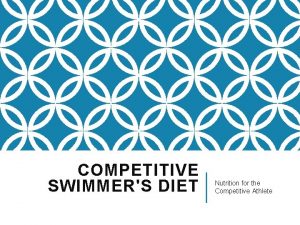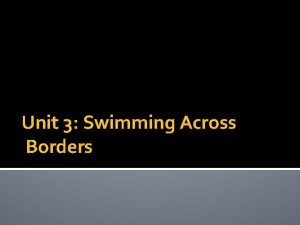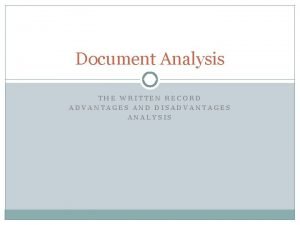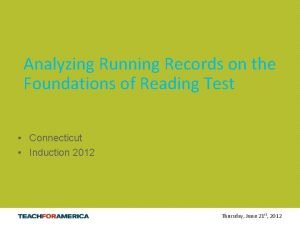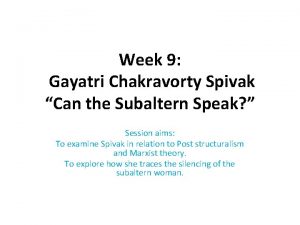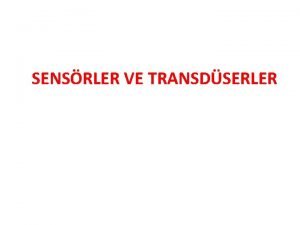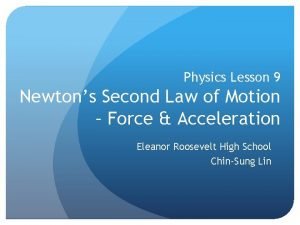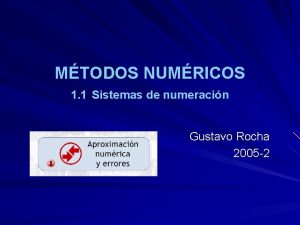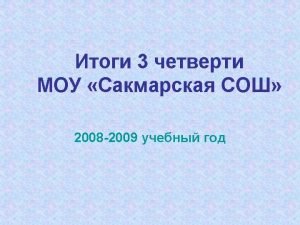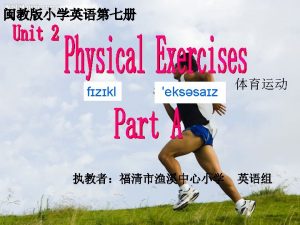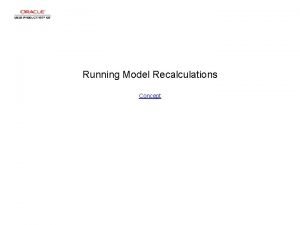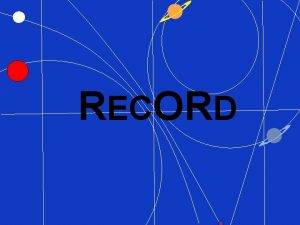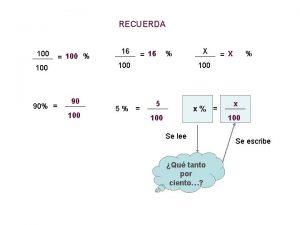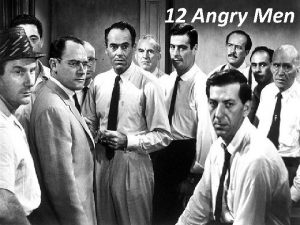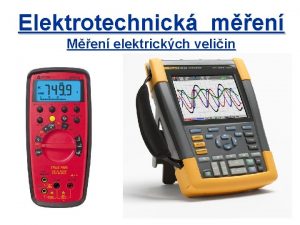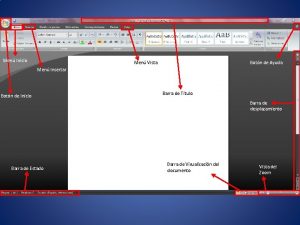World 100 m running record progression men Swimmers
































- Slides: 32


World 100 m running record progression: men

Swimmers Improved Much Faster Than Runners Men’s 400 m 100 m run: 43. 8 (1968) to 43. 18 (2011) swim: 52. 2 (1968) to 46. 91 (2011)

Ages of world records

11 women’s world records are more than 20 yrs old 2 men’s records are more than 20 years old

The Triathlon is Biased ! Winner spent 16. 7% of the time swimming, 28. 3% running, 0. 8% in transitions, and 54. 2% cycling !

The Equitempered Triathlon Roughly equal time on each discipline Current event 1. 5 km swim + 40 km bike ride +10 km run Better to keep the total time roughly the same – say 1 hr 48 m with equal 36 min time on each of the three stages New event should be 3 km swim + 24 km bike ride + 12 km run A Major Improvement !

Why Carry Do Tightrope Walkers Carry Long Poles ? Phillipe Petit, 1974 Don’t try this at home! …. and don’t wear bell-bottomed trousers

Inertia high low • High inertia Slow to move • Low inertia Quick to move Mass M Average radius R mass spread C Moment of Inertia = C Mass (Radius)2

Large inertia means you wobble more slowly Period of wobble oscillation (inertia)



Stable Unstable

Inertia in Sports n n n Divers Skaters Tennis players Cyclists Runners Decreasing inertia Increases rate of spin: 1/r 2

Rigging Rowing Eights

Rowing Has Its Moments +N F and -N F

The Wiggling Boat s Moment on boat = -Ns + N(s+r) - N(s+2 r) + N(s+3 r) = +2 Nr Then, half a stroke later…N reverses to –N and. . Moment on boat = -2 Nr

The Italian Rig s r r r Moment = -Ns + N(s+r) + N(s+2 r) - N(s+3 r) = 0 No wiggle!

Four no-wiggle rigs for eights ‘Italian tandem Rig ’ Moment = 1 -2 -3+4+5 -6 -7+8 = 0 New* Moment = 1 -2 -3+4 -5+6+7 -8 = 0 ‘German Rig’ Moment = 1 -2+3 -4 -5+6 -7+8 = 0 New* Moment = 1+2 -3 -4 -5 -6+7+8 = 0

Canada used the German rig to win 2008 Olympics ! 1 -2+3 -4 -5+6 -7+8 = 0

Naim Suleymanoglu (b. 1967) lifts 3 times his body weight (= 64 kg)

Weight Classes Why do we have them in boxing, wrestling, judo and weightlifting? But not in Shot put, hammer, rowing, …. . ? Why not height classes in high jump and basketball?

Strength versus Size Strength is proportional to area R 2 Weight is proportional to volume R 3

Strength and Weight strength (weight)2/3 Giants eventually break!

(strength)3 (weight)2

Air Drag Speed V Area, A(Bolt) Mass of tube of air swept in time t is A’ V t = ma = air density A’ = c A(runner) is the ‘effective’ body area c = drag factor Drag force from still air = -ma. V /t = - c A V 2 Drag force with wind speed W = - c A (V Following wind is + and Headwind is – - W)2

Running around in the Wind Drag force with wind speed W is (V - W)2 Power needed = Force x velocity V(V - W)2 Following wind is + and Headwind is – Disadvantage of headwind and crosswind beats the advantage of a tailwind of the same magnitude K(V+W)2 K(V 2+W 2) Drag round square track K(V-W)2 Wind speed W in this direction K(V 2+W 2) Runner runs at speed V in still air Drag Force per lap = 4 K(V 2 + W 2) 4 KV 2 K = constant It’s always slower running laps in the wind Windy 400 m- 10, 000 m races will be slower

Steady Pace Is Always More Economical Go at speed U for dist x then at W = U for dist y = x/ or Go at speed ½ (U + W) for dist x+ y in the same time so = 1 Change speed x at U y at W x + y at ½ (U + W) Same speed all the way Work needed ( speed)3 time (Work at varied pace) = 1 + 3( - 1)2/ ( + 1)2 1 (Work at steady pace)

The Velodrome Heated air at track level Means Faster cycling

Hot air rises ! Drag force from still air c A V 2 Air Density Falls with Temperature

Air Drag at Track Level in the London Velodrome Drag Force air × frontal area × V 2 Just like an ‘altitude-assisted’ performance Worth 1. 5 sec over 4 K pursuit

 100 100 100 100 100
100 100 100 100 100 Once upon a time, there
Once upon a time, there Running running running
Running running running Specimen record observation
Specimen record observation Weightlifting world record progression
Weightlifting world record progression Gcse box plot questions
Gcse box plot questions Female swimmer diet
Female swimmer diet Swimmers unit 3 letters
Swimmers unit 3 letters Figurative language
Figurative language Examples of running records of child observation
Examples of running records of child observation Running record practice audio
Running record practice audio Msv reading
Msv reading Running record symbols
Running record symbols Disadvantages of running records
Disadvantages of running records Advantages and disadvantages of written records
Advantages and disadvantages of written records Error ratio running record
Error ratio running record Mountain bike mania running record
Mountain bike mania running record White men are saving brown women from brown men
White men are saving brown women from brown men 240 sayısının yüzde 25'i nin yüzde 20'si kaçtır
240 sayısının yüzde 25'i nin yüzde 20'si kaçtır 200+200+100+100
200+200+100+100 Malloc lab 100/100
Malloc lab 100/100 Héroïne dans la guerre de 100 ans (100 years war).
Héroïne dans la guerre de 100 ans (100 years war). 100+100=200
100+100=200 Big data on bare metal
Big data on bare metal 100 + 100 200
100 + 100 200 C/100=f-32/180=k-273/100
C/100=f-32/180=k-273/100 What's 100 + 100
What's 100 + 100 200 200 300
200 200 300 Hexagesimal
Hexagesimal 100 200 300
100 200 300 World record for gimkit floor is lava
World record for gimkit floor is lava In the name of allah the most
In the name of allah the most World in 100 years
World in 100 years






